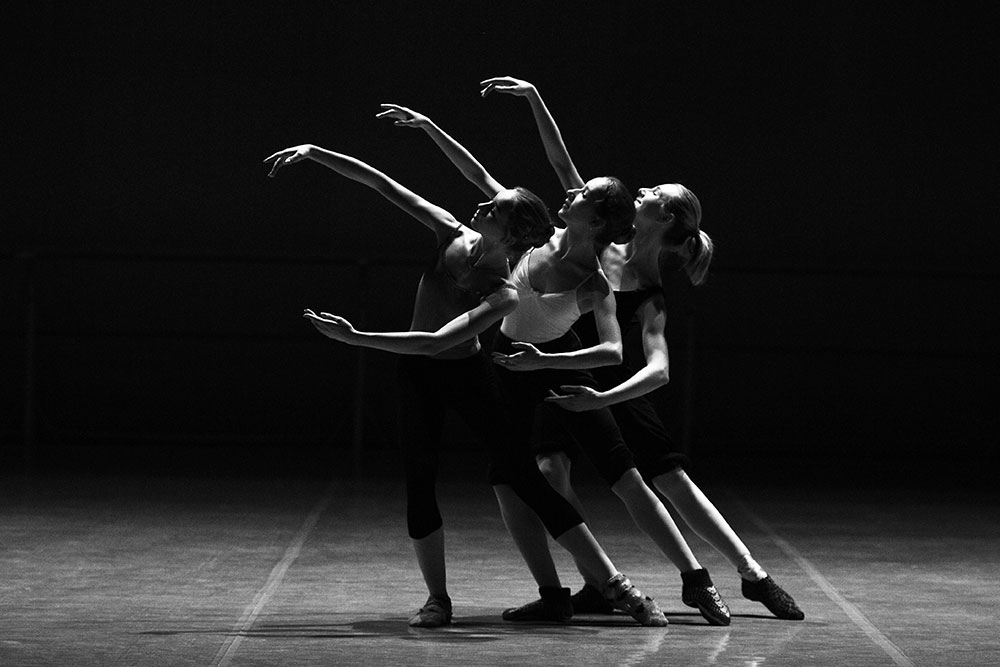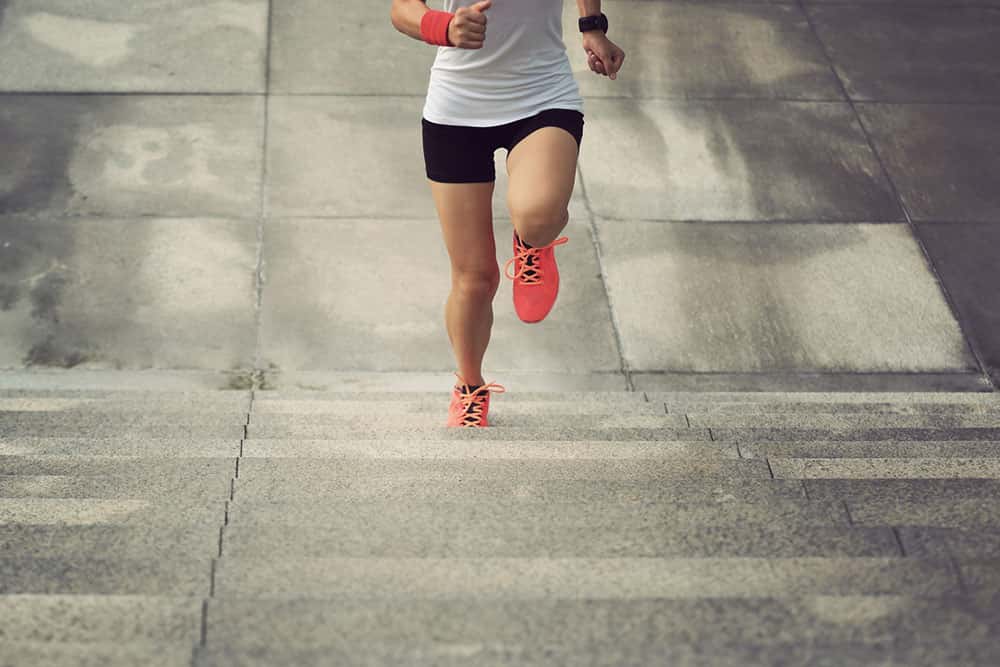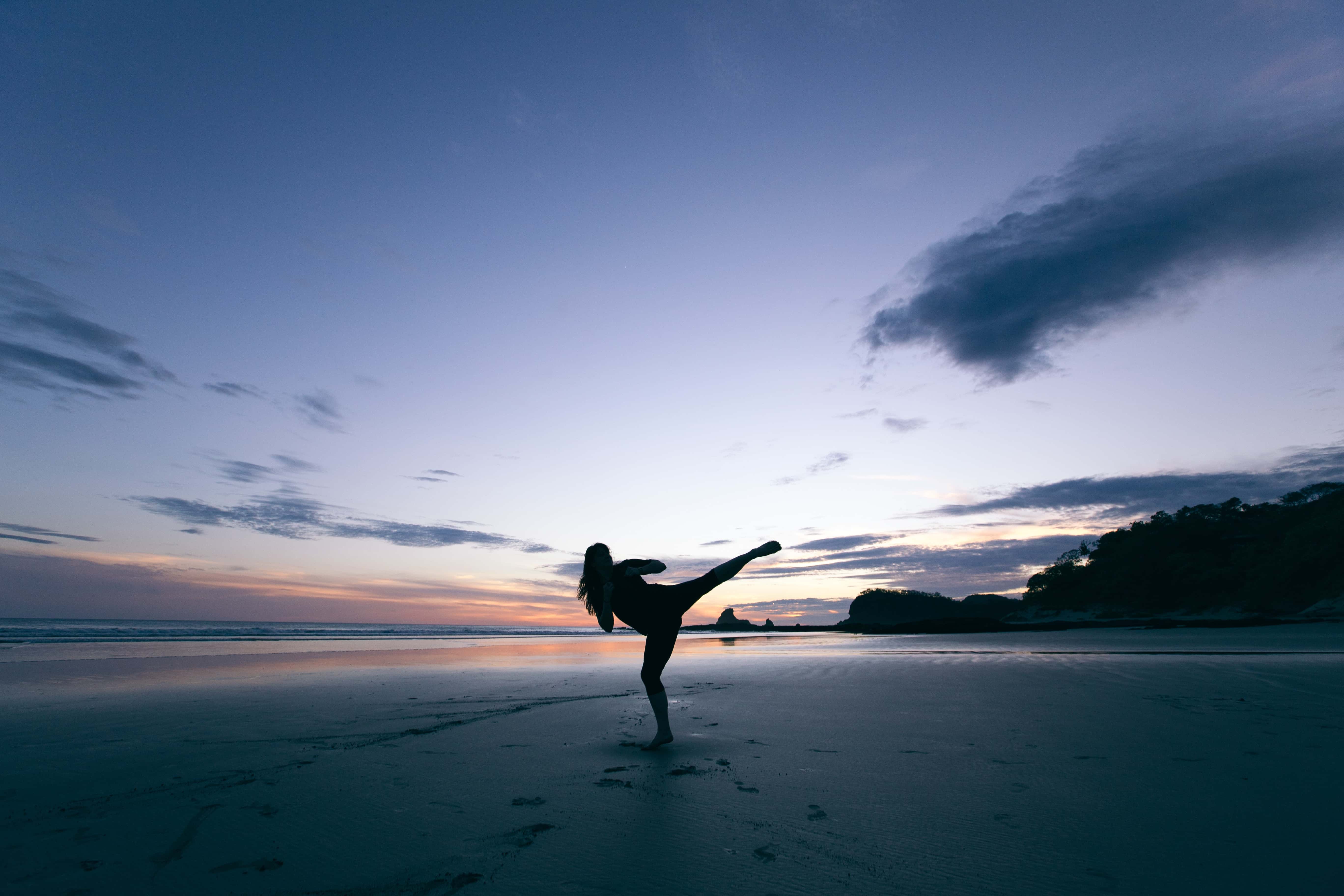Dancing Helps Heal Individuals With Parkinson’s Disease

Julia C. Basso, PhD
 Parkinson’s disease (PD) is a neurodegenerative disorder that is characterized by problems of movement. Though the disease normally manifests after the age of 60, in rare circumstances, the disease may develop earlier (known as early-onset PD). PD results from loss of dopamine cells in a region of the brain called the substantia nigra pars compacta. This region is part of the basal ganglia, a neural network that controls our voluntary movement, motivation, and the ability to perform routine or habitual behaviors (called procedural memory).
Parkinson’s disease (PD) is a neurodegenerative disorder that is characterized by problems of movement. Though the disease normally manifests after the age of 60, in rare circumstances, the disease may develop earlier (known as early-onset PD). PD results from loss of dopamine cells in a region of the brain called the substantia nigra pars compacta. This region is part of the basal ganglia, a neural network that controls our voluntary movement, motivation, and the ability to perform routine or habitual behaviors (called procedural memory).
As PD is a progressive disorder, symptoms worsen over time. Initially, individuals may present with tremors or slowness of movement (i.e., bradykinesia). Other motor symptoms of this disease include a loss of balance and stiffness in the legs, arms, or trunk. Individuals might also notice issues with mood, such as depression or anxiety, and cognitive functioning, such as problems with attention or memory. Later stages of the disease may be characterized by more severe non-motor symptoms such as dementia or hallucinations and delusions.
The Science:
Currently, no cure exists for the disease, but certain medications are used to stimulate dopamine production. When the disease becomes severe enough, some individuals may receive surgery for placement of electrodes to stimulate specific brain regions within the basal ganglia (called deep brain stimulation therapy).
Because the disease can be so debilitating and no immediate cure is available, researchers have been investigating other ways to help individuals with PD regain function. Enter Rachel Bar and the Dance for Parkinson’s Network Canada (DFPNC). Ms. Bar is the Manager, Health and Research Initiatives at Canada’s National Ballet School and a PhD student in the Psychology Department at Ryerson University in Toronto. The DFPNC is an organization led by Canada’s National Ballet School. The DFPNC is made up of 4 organizations (NBS, Dance for PD®, Dancing with Parkinson’s, and Parkinson Canada). This program is committed to using dance to remediate symptoms in PD individuals. They state that “Dance classes for people with [PD] are designed to be safe, accessible, and beneficial for someone with PD. Physical and cognitive limitations are not barriers to participation. Beyond the therapeutic benefits of dance for people with PD, these dance programs provide the community with an opportunity to experience the joy of dancing.”
Related Article: Resistance Training For Parkinson’s Disease
I recently had the privilege of speaking with Rachel, and she told me about the wonderful work she and the DFPNC is doing to help individuals with PD. The program started 4 years ago and has been growing ever since. Through her work, she is finding that dance has a variety of physiological, behavioral, and psychosocial benefits in individuals with PD. Rachel says that “in comparison to physiotherapy and other complementary therapies, dance is coming out on top!” Unlike other forms of exercise, dance has a cognitive component to it. It combines an increased heart rate, with coordinated movements, balance, and a need to remember and recall movement – there are unique advantages over simple exercises such as walking or lifting weights.
In addition, there is a social component to it. One participant notes, “To dance with others with the same condition [provides] a sense of familiarity, [creating] closeness and feelings of security” (Loretta). This brings up the point that dancing also gives the participants the opportunity to experience and express emotion. Rachel reminds us that, “dance is, of course, an art form. It is meant to express something.”
The Art of Movement:
Often, the dancing is accompanied by music. The participants are encouraged to move in time with the music, to follow the rhythm. In fact, it may be this rhythmic cueing that enables PD individuals to once again move freely. Dr. Daniel English (danenglishneuro.com), a neuroscientist at New York University who has studied neural circuits of the basal ganglia, states that, “There are neurons in your brain, in subcortical motor structures (part of the basal ganglia), which are active at the same frequencies as the tremor commonly observed in PD individuals. Thus you can actually see the pathological neural oscillation reflected in the body movement. In individuals who receive deep brain stimulation treatment, there is an electrode in these areas that apply stimulation to disrupt this pattern. Music (and dance) may be acting through a similar mechanism, disrupting this dysregulated oscillatory pattern to help these individuals move.”
Rachel’s research is examining the effects of dance in individuals with PD both at the behavioral and electrophysiological level. Because some of the individuals have been there since the beginning (4 years ago), they have even been able to track their development in terms of symptom severity. She notes that, “While the quantitative measures are important, they don’t fully capture why our seniors are loving the dance so much.” Along with quantitative analyses, she turns to qualitative measures, and she has realized that by talking to the participants, you can truly understand how much meaning the program holds for its participants.
Take Aways:
Research is showing that dance has beneficial effects for PD individuals on a variety of different levels, and this research suggests the possibility of using dance as an integral part of clinical practice. Dance improves both motor and non-motor symptoms in PD individuals. Dance programs have been shown to improve balance, coordination, efficiency of movement, and speed of gait as well as enhance mood, improve sleep quality, overall quality of life, and enhance cognitive functioning (Cusso et al., 2016; Sharp & Hewitt, 2014). Dr. English states that, ”When you don’t have dopamine (as in the case of PD), it’s harder to move.
Related Article: Parkinson’s Disease & Cycling Benefits
But if you’re able to move through some other motivation like dance, the striatum or possibly other parts of the basal ganglia may be able to change and effectively learn to facilitate movement in the absence of dopamine. There may be plasticity occurring from the level of gene transcription to neuronal firing. Such changes may also occur in other areas that control movement such as the motor cortex.” In fact, research is showing (at least in one case study) that only 7 weeks of dance participation in a patient with PD resulted in increased functional connectivity between the basal ganglia and the premotor cortex (Batson et al., 2014).
In conclusion, dance is working. It allows individuals with PD to move, feel, and think better. Most importantly, dance is bringing joy to their lives. For those of you closer to the New York City area and seeking such resources, David Leventhal and the Mark Morris Dance Center offers the Dance for PD® program.
(adsbygoogle = window.adsbygoogle || []).push({});
You Might Like:
Keep Moving – Aerobic Exercise Increases College GPAs
Julia C. Basso, PhD Reporting from the 2017 Annual Society for Neuroscience Meeting (Basso JC, Crosta C, Raskin M, Wang A, Kadakia D, Choi J, Milburn E, Trivedi R, Suzuki WA) Long-term aerobic exercise enhances mood...Exercise May Improve Brain Health In Adolescent Binge Drinking
Julia C. Basso, PhD Reporting from the 2017 Annual Society for Neuroscience Meeting Exercise highlight 5: Voluntary exercise restores adolescent binge ethanol-induced loss of basal forebrain cholinergic neurons in adulthood (RP Vetreno, FT Crews) The...Sense & Movement – A Surprisingly Unique Phenomenon
Julia C. Basso, PhD Reporting from the 2017 Annual Society for Neuroscience Meeting The ability to adapt your movement to signals or cues in the environment is known as sensorimotor adaptation, the focus of one...Learning, Memory, & Decision Making
Julia C. Basso, PhD Reporting from the 2017 Annual Society for Neuroscience Meeting Making good decisions requires memory. Take for example, the hangover (maybe that some of us are experiencing today after the reunion with...What Factors Determine Ultra-Marathon Success?
Julia C. Basso, PhD 100 miles is approximately the distance from the surface of the earth to the planet’s boundary, called suborbital space. This is also the distance run by ultra-marathon racers. To be considered...Exercise & Celiac Disease
Julia C. Basso, PhD Eating gluten free seems to be in fashion at the moment. You can find gluten free foods at almost every super market these days. However, for some gluten free is not...References:
Batson, G., Migliarese, S. J., Soriano, C., H. Burdette, J., & Laurienti, P. J. (2014). Effects of improvisational dance on balance in Parkinson’s disease: a two-phase fMRI case study. Physical & Occupational Therapy In Geriatrics, 32(3), 188-197.
Cusso, M. E., Donald, K. J., & Khoo, T. K. (2016). The impact of physical activity on non-motor symptoms in Parkinson’s disease: a systematic review. Frontiers in medicine, 3.
Sharp, K., & Hewitt, J. (2014). Dance as an intervention for people with Parkinson’s disease: a systematic review and meta-analysis. Neuroscience & Biobehavioral Reviews, 47, 445-456.
(adsbygoogle = window.adsbygoogle || []).push({});
















